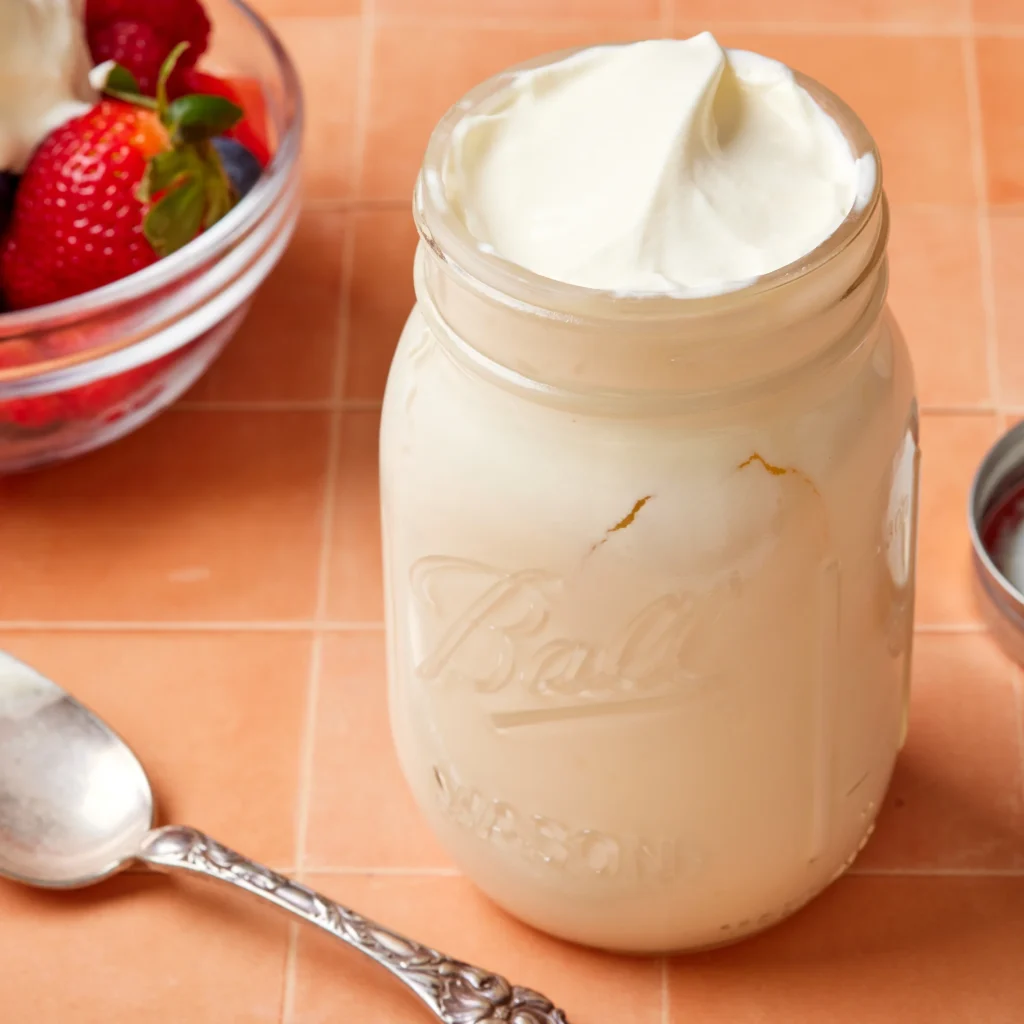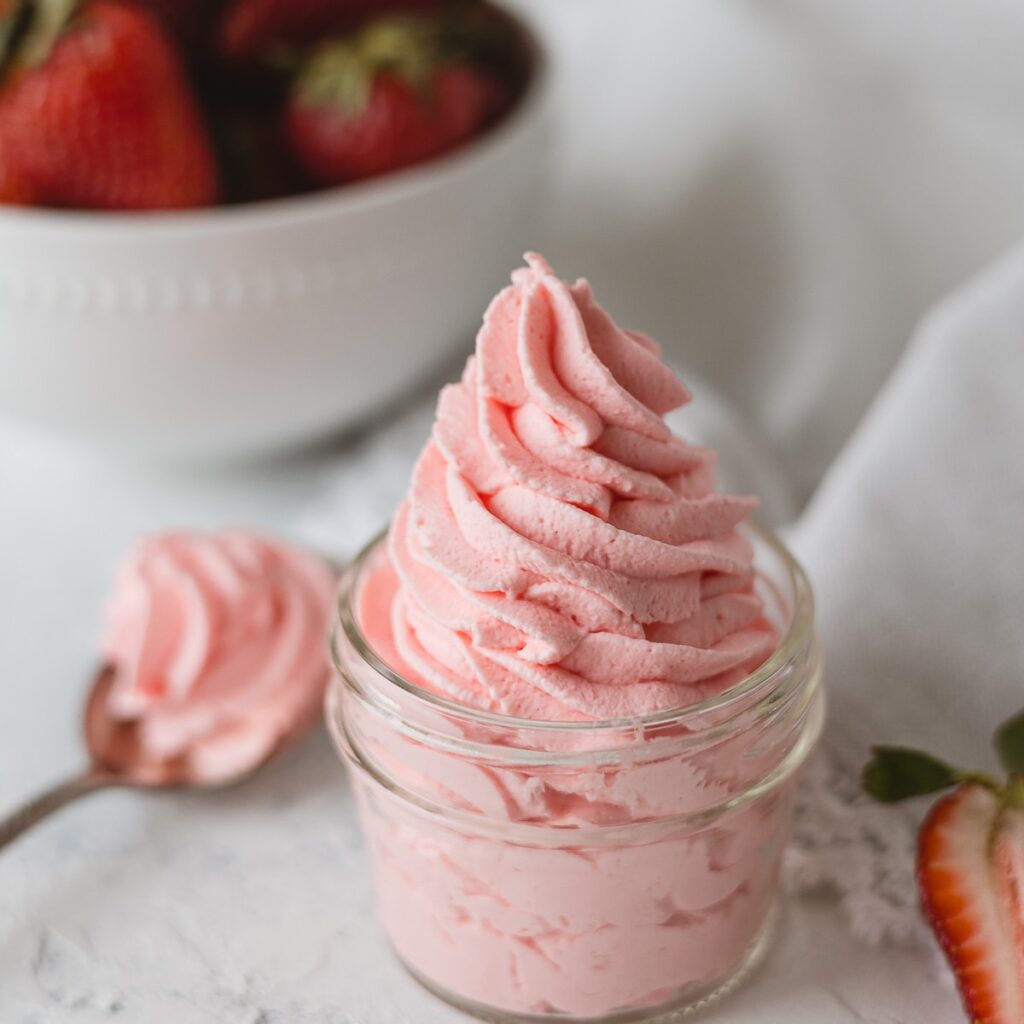Whipping cream — light, airy, and indulgently rich — has become a kitchen essential across the globe. From bakery shelves to high-end restaurants, this creamy delight is used in everything from cakes and pastries to soups, sauces, and beverages. But behind the scenes of this culinary favorite lies a vast and competitive industry.
So, which country is the largest whipping cream producer in the world?
The answer is: The United States of America (USA).
This article dives into why the USA leads the global production of whipping cream, how it compares to other major producers, and the economic, cultural, and industrial factors that make this possible.
Understanding Whipping Cream

Before analyzing production leaders, it’s essential to define what whipping cream is.
What Is Whipping Cream?
Whipping cream, also known as heavy cream or heavy whipping cream, is the fat-rich portion of milk that rises to the top when fresh milk is allowed to stand. It typically contains 30–36% milk fat.
It can be:
- Lightly whipped for topping desserts
- Used in unwhipped form in soups, sauces, or custards
- Heavily whipped into stiff peaks for frostings or fillings
Types of Cream in the Market
- Whipping cream (30–35% fat)
- Heavy cream (36%+ fat)
- Double cream (used in the UK, ~48% fat)
Among these, whipping cream strikes the balance of richness and functionality, making it highly popular worldwide.
The United States: Global Leader in Whipping Cream Production

The United States is the largest producer of whipping cream in the world, supported by its expansive dairy infrastructure, high domestic consumption, and robust export market.
1. Dairy Powerhouse
According to the USDA (United States Department of Agriculture), the U.S. produced over 226 billion pounds (about 102 million metric tons) of milk in 2023. This massive milk pool forms the base for the production of all cream varieties, including whipping cream.
Cream is separated from whole milk using centrifugal separators and pasteurized before being sold as whipping cream. It is also sometimes homogenized to increase stability during storage and transportation.
2. Major Producers and Brands
Several multinational dairy companies and cooperatives dominate the whipping cream market in the U.S., including:
- Land O’Lakes
- Dean Foods
- Horizon Organic
- Organic Valley
- Dairy Farmers of America
- Prairie Farms
These companies produce both retail and industrial-scale whipping cream for supermarkets, foodservice businesses, bakeries, and restaurants.
3. High Domestic Consumption
Whipping cream is an everyday ingredient in American households. From pumpkin pie during Thanksgiving to strawberries and cream in summer, it plays a pivotal role in traditional and modern American cooking.
- In the U.S., per capita consumption of cream products (including whipping cream) is among the highest globally.
- Whipping cream is widely used in:
- Desserts (cakes, pies, mousses)
- Coffee beverages (e.g., whipped toppings for lattes and frappes)
- Cooking (soups, pasta sauces, gratins)
The widespread use of whipped toppings in fast food, casual dining, and coffee chains like Starbucks also drives the demand for bulk whipping cream.
4. Advanced Processing and Packaging
The U.S. dairy sector has one of the most technologically advanced food processing systems in the world. Whipping cream is available in various formats:
- Aerosol cans (ready-to-use whipped cream)
- Cartons and bottles (liquid whipping cream)
- UHT cream (ultra-heat-treated shelf-stable cream for exports)
This diverse packaging strategy ensures cream reaches every market segment — from home kitchens to five-star hotels.
Other Leading Whipping Cream Producers

While the U.S. leads in volume, several other countries are major whipping cream producers with strong dairy traditions:
1. Germany and France (European Union)
The EU is a major whipping cream producer, with Germany and France leading the way.
- German and French dairy industries are known for high-quality cream used in gourmet cooking and baking.
- Brands like Président, Elle & Vire, and Meggle dominate European whipping cream markets.
- However, EU production is typically more artisanal and niche-focused, with a strong emphasis on full-fat and organic options.
2. New Zealand
New Zealand’s Fonterra is one of the world’s largest dairy exporters. It supplies UHT whipping cream and cooking cream to markets across Asia-Pacific and the Middle East.
- New Zealand’s whipping cream production is largely export-driven, given the country’s relatively small population.
- Renowned for grass-fed dairy products with rich flavor and high butterfat content.
3. Australia
Australia also has a significant whipping cream industry, primarily led by brands like Bulla, Devondale, and Pauls.
- Australia produces both domestic and export-grade whipping cream.
- Their cream is often used in desserts, custards, and bakery items across the Asia-Pacific region.
4. India
India, the world’s largest overall milk producer, has seen a growing domestic market for whipping cream due to the rising popularity of Western desserts and bakery trends.
However, cream fat separation and UHT cream technology are still developing, so most Indian production caters to the local market. India ranks high in overall cream production, but not specifically in whipping cream yet due to limited industrial capacity for consistent fat-level processing.
Key Factors Behind U.S. Leadership in Whipping Cream Production

1. Massive Milk Output
- High milk availability ensures a consistent supply of cream.
- Large-scale farms and dairy cooperatives keep production volumes stable year-round.
2. Diversified Demand
- Whipping cream is used across several industries:
- Food and beverage
- Bakery and confectionery
- Frozen dessert production
- Café and restaurant chains
- Ready-to-use whipped cream is a major sector in American grocery stores and foodservice supply chains.
3. Innovation and Packaging
- U.S. leads in food packaging innovation, offering everything from shelf-stable cream cartons to aerosol cans with N2O propellants.
- This ensures long shelf life, convenience, and wide availability.
4. Strong Export Market
- The U.S. exports whipping cream to Canada, Mexico, South Korea, the Middle East, and Southeast Asia.
- UHT whipping cream enjoys strong demand in markets without consistent refrigeration infrastructure.
Whipping Cream in Global Cuisine and Economy

Whipping cream plays a significant role in modern gastronomy, impacting several key areas:
1. Culinary Applications
- Western cuisines use whipping cream in both savory (soups, pasta, sauces) and sweet (cakes, mousses, whipped toppings) dishes.
- Asian cuisines increasingly incorporate cream in fusion and bakery items, especially in metropolitan regions.
2. Bakery and Confectionery Industry
- The global bakery market heavily relies on whipped cream for cake decorating and pastry filling.
- Ready-to-use whipping cream is essential in commercial-scale dessert production.
3. Beverage Industry
- Global coffee chains use whipped cream as a standard topping in cold and seasonal beverages.
- Whipping cream is also used in alcoholic drinks like Irish coffee and White Russians.
4. Economic Significance
- The whipping cream industry supports dairy farmers, packaging firms, cold chain logistics, and foodservice businesses.
- In the U.S., the dairy sector contributes over $750 billion annually to the national economy, with cream products accounting for a large share of value-added processing.
Challenges in Whipping Cream Production
Despite its widespread demand, whipping cream production has some challenges:
- Refrigeration needs: Cream is perishable and requires cold storage.
- Fat separation costs: Maintaining precise fat percentages (for whipping) requires advanced processing.
- Market price volatility: Changes in milk prices directly affect cream pricing.
- Sustainability pressures: Environmental concerns are pushing producers toward eco-friendly packaging and lower-emission dairy practices.
Conclusion
So, which country is the largest whipping cream producer in the world?
The clear answer is: The United States of America.
Thanks to its massive milk output, advanced food processing infrastructure, widespread culinary use, and export capabilities, the U.S. leads the global whipping cream industry. Other notable producers — like Germany, France, New Zealand, and Australia — play vital roles in regional markets, but none match the scale and diversity of the U.S.
As global tastes continue to embrace dairy-rich dishes and desserts, the demand for whipping cream is only set to grow. With innovation, quality control, and consumer appeal, the United States is well-positioned to retain its leadership in this delicious and dynamic sector of the dairy world.




Leave A Comment